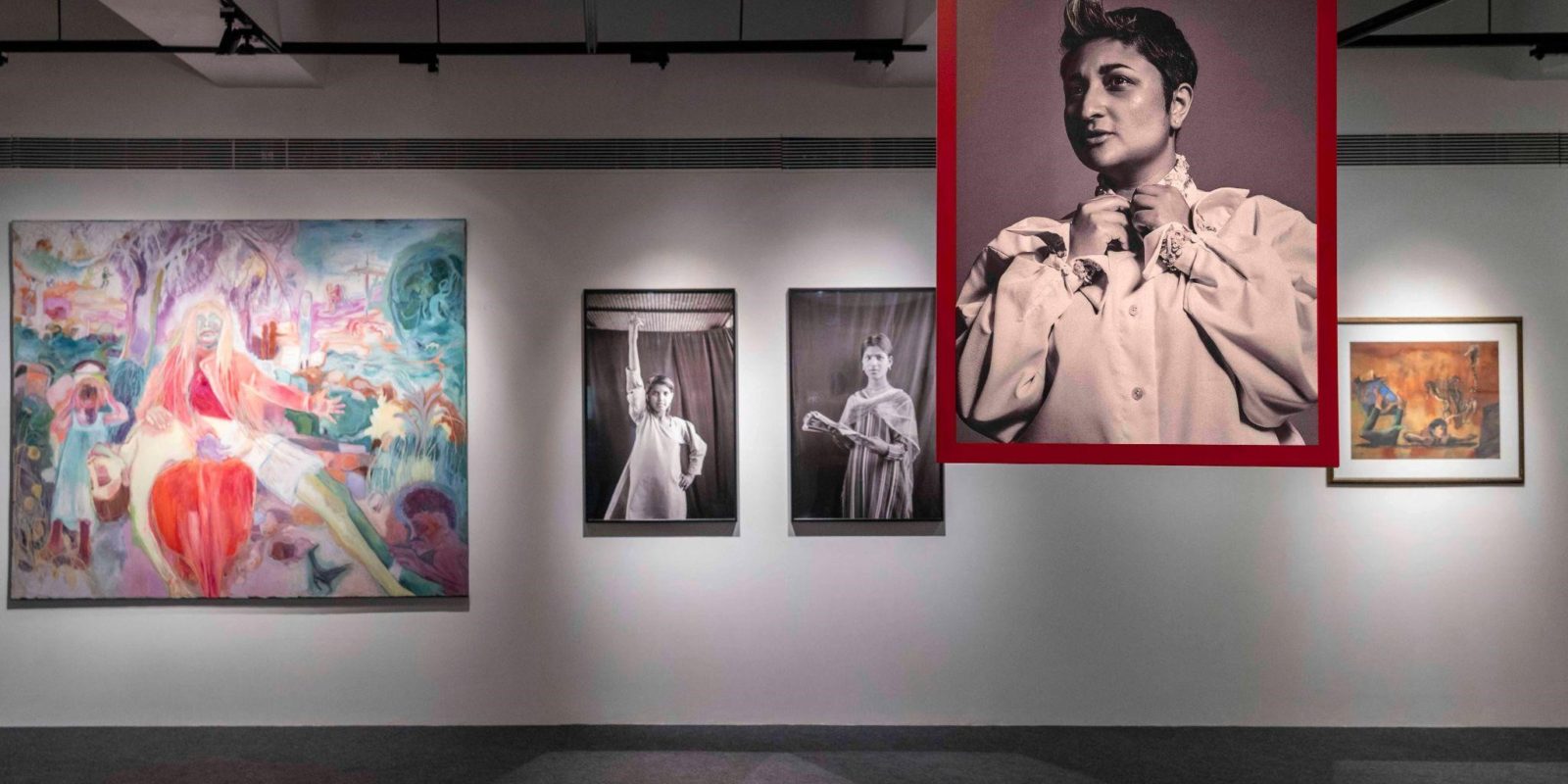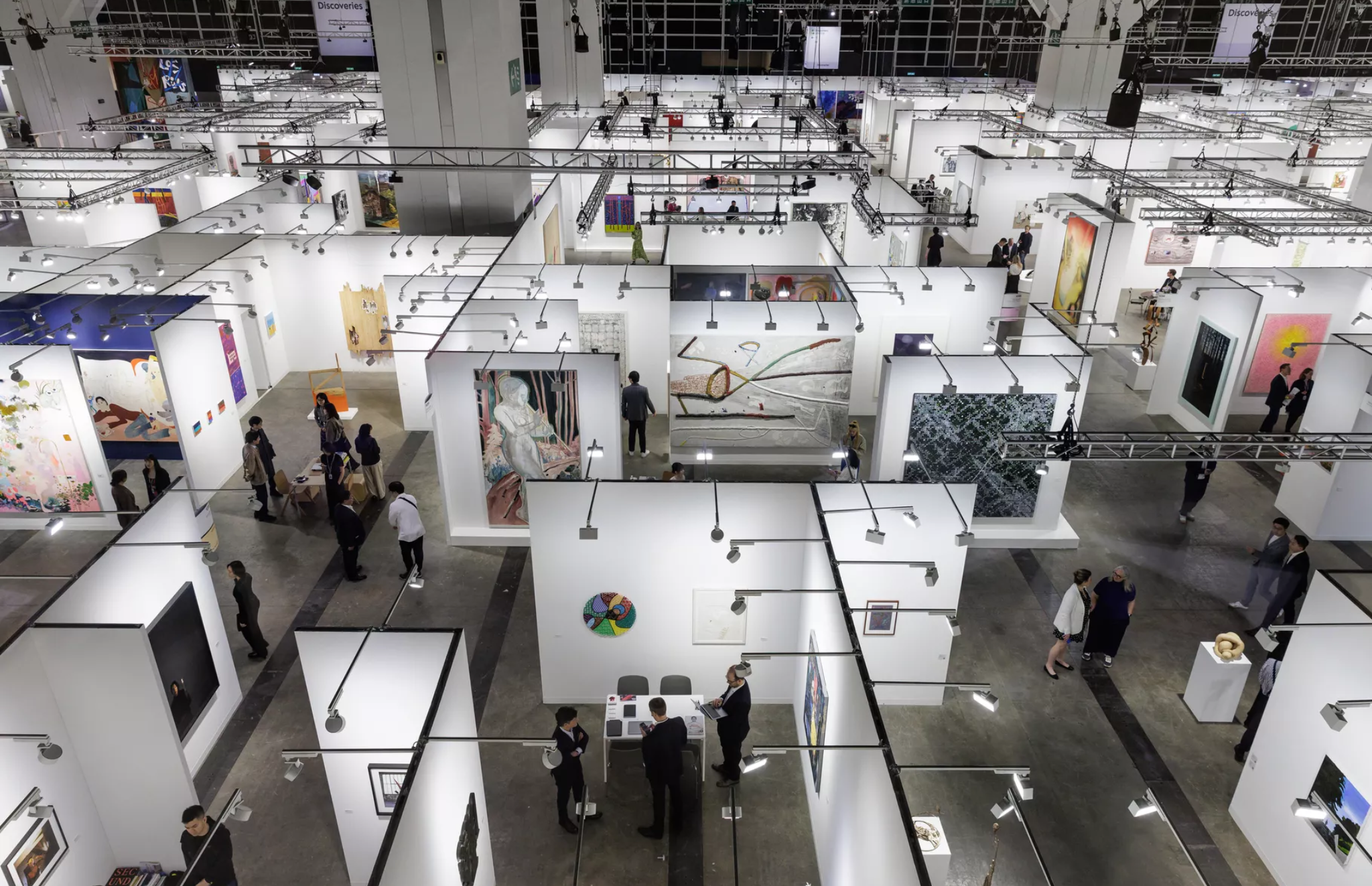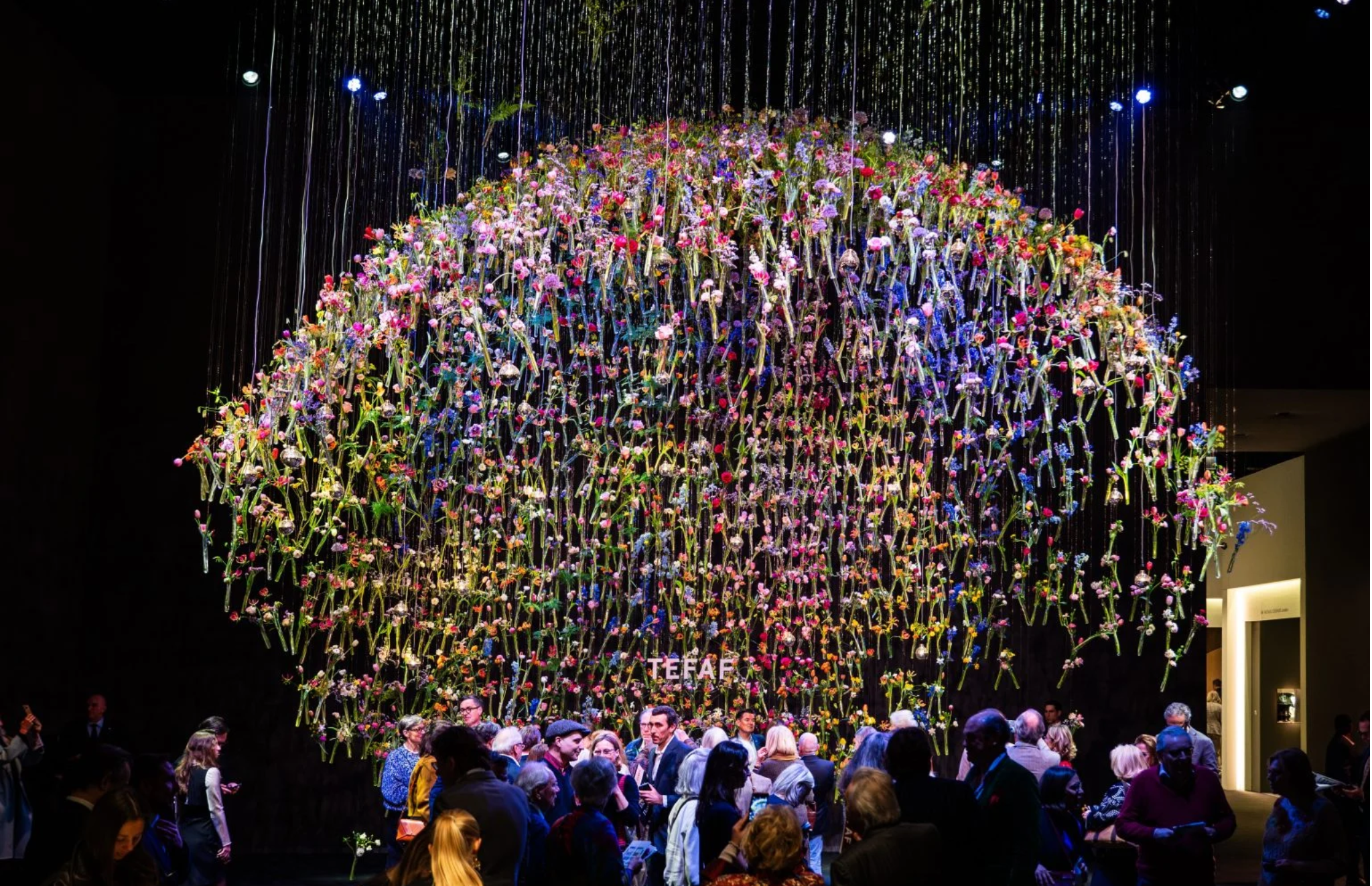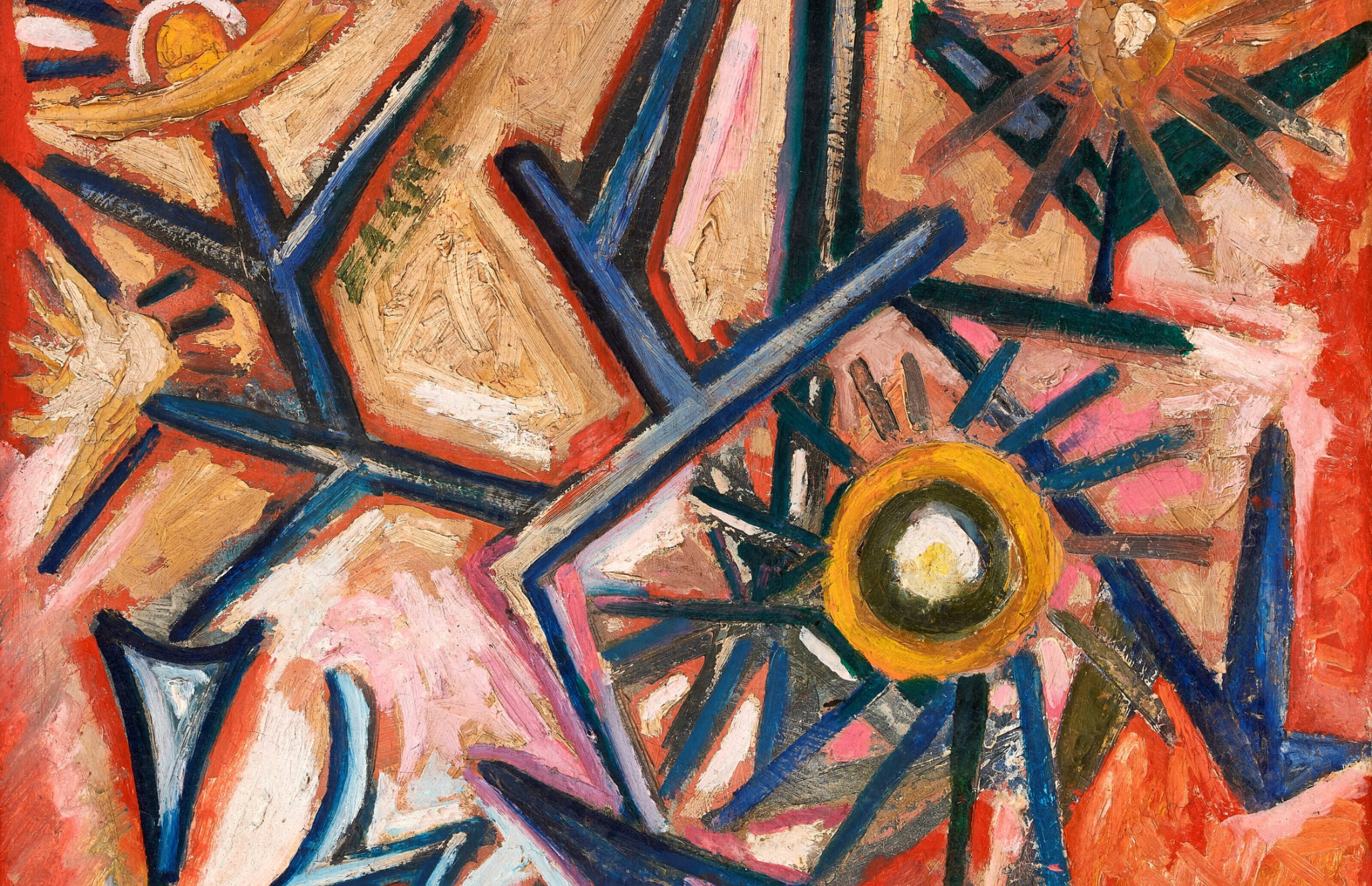Nancy Adajania’s “Woman Is As Woman Does” and its Profound Influence
“Woman Is As Woman Does” by Nancy Adajania will inspire people for ages to come. It is an unforgettable group exhibition that took place at the Chhatrapati Shivaji Maharaj Vastu Sangrahalaya (CSMVS), in partnership with Jehangir Nicholson Art Foundation, held across Premchand Roychand Gallery and Jehangir Nicholson Art Foundation to commemorate the centenary of the museum and seventy-five years of India’s Independence. The exhibition featured a roster of twenty-seven women artists whose collective practices span across five generations – a rare occasion that maps the intergenerational display of Indian women artists across several themes in a post-colonial country.
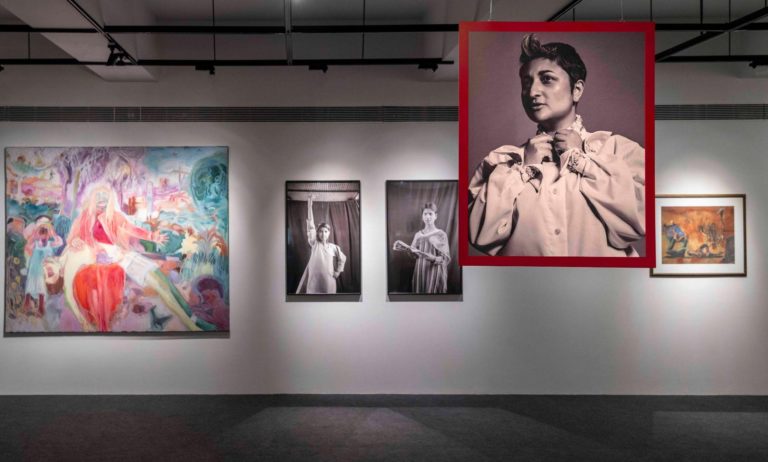
When Sabyasachi Mukherjee, the Director-General of CSMVS Museum, invited esteemed curator Nancy Adajania to curate an exhibition devoted to Indian women artists, Adajania mulled over the innumerable ways in which this mandate could be met. She says, “The idea was to not make a show with the usual suspects, but to throw new art-historical patterns or readings into relief.”
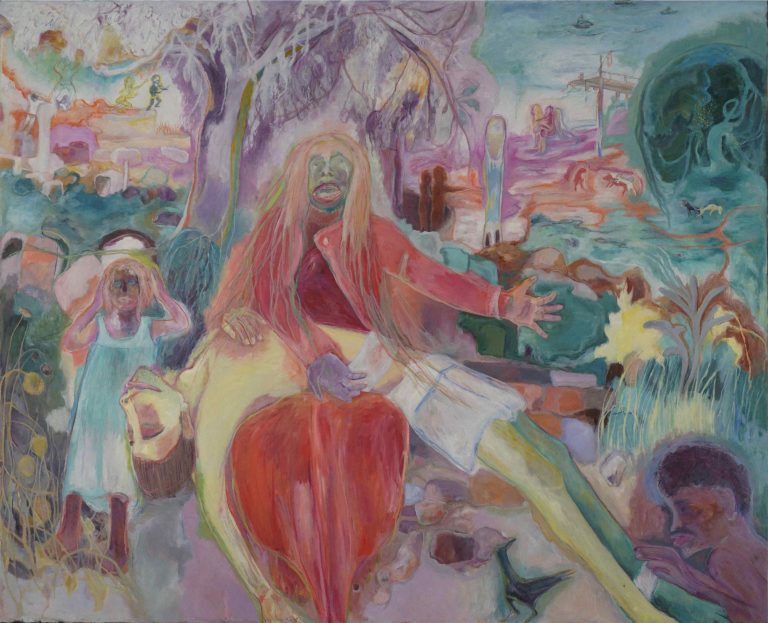
The exhibition emphasises the work of female artistic labour, highlighting “doing” as achieving the unimaginably difficult, whether gradually or by giving shape to a new path. The twenty-seven artists in this exhibition contribute to the creation of a momentous communal experience by enabling us to witness infinite arrangements of consciousness and agency through which they have addressed themes of location, materiality, and context. Adajania believes viewing the exhibition is akin to looking through a kaleidoscope, “where the iridescent bits of red, green and blue glass come together and fall apart, forming patterns that disrupt and reinvent themselves again and again.”
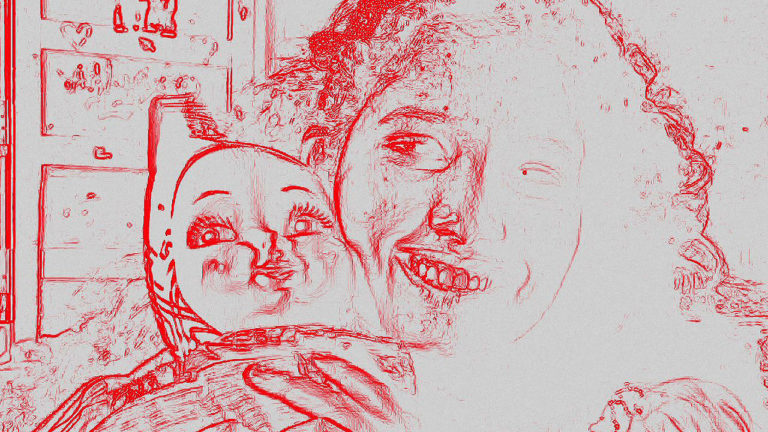
“Woman Is As Woman Does” features the late Zarina Hashmi (1937-2020), adoringly referred to as simply “Zarina”, who left behind an extraordinary legacy, and in more ways than one, laid an artistic foundation for multiple generations of artists; including the youngest artist in the exhibition, Al-Qawi Nanavati (b. 1995). Zarina’s work often centers around themes of displacement and loss. She famously created ‘Home Is a Foreign Place’ four years after Nanavati was born. Both artists contend with themes of loss. For Zarina, several of her works weave together memories of the “Home” or گھر “Ghar”, she had to leave behind in Aligarh, which left an enduring sense of longing and a desire to belong. For some, “home” is often a person. For Nanavati, it was her mother. She learned about her mother’s passing while still at university at the School of the Art Institute of Chicago. On the way back home to India, she realised she had a lot of things she still wanted to say to her. During this time, she created a language that is only known to her — which she continues to use in her work today. Nanavati says, “Talking to her today is as effective as it was when she was alive. Before my mom passed away, I would occasionally work around themes of meditation and repetition and was always exploring loss for some reason. I think there was a natural shift after she passed, where instead of asking the universe, I began asking her.”

Gauri Gill, Revanti from Balika Mela, Archival pigment print, 2003-2010
Gauri Gill, Madhu from Balika Mela, Archival pigment print, 2003-2010
Gauri Gill, Revanti from Balika Mela, Archival pigment print, 2003-2010
Gauri Gill, Madhu from Balika Mela, Archival pigment print, 2003-2010
Both Zarina and Nanavati extensively use language in their work while striving to tangiate loss. Zarina used Urdu to communicate with her family, while Nanavati created her own vernacular. “My work depends on what grief demands that day,” Nanavati says. For the exhibition, four out of seven works on display by Nanavati are in collaboration with her mother, Mumtaz, who taught her how to crochet. Some of her works feature a meditative display where she weaves her mother’s clothes through intricate repetitions while others present combinations of her own scripture — both of which are posthumous collaborations with her mother and their memories together.
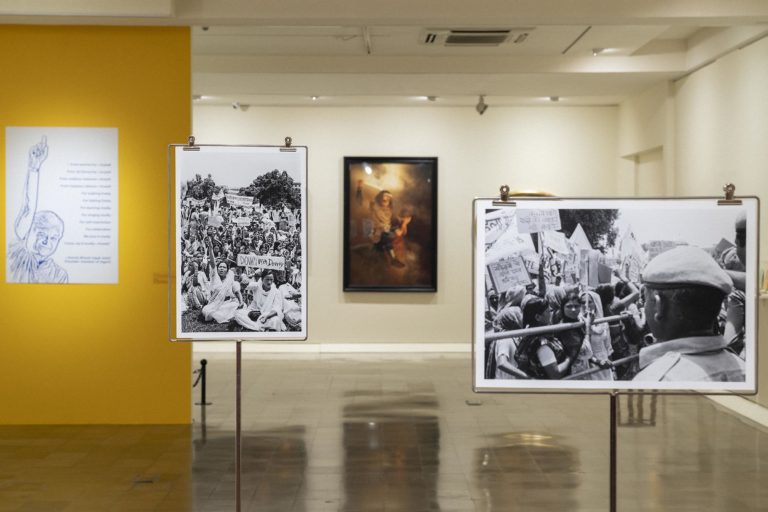
True to its name, “Woman Is As Woman Does” does not view gender as a static identity. It featured artists from all societal backgrounds, including those who maintain traditional studio practices alongside artists who produce zines and graphic novels, whilst also catering to a multilingual audience through a selection of works that spoke in diverse languages encompassing Bhojpuri, Magahi, Gujarati, Urdu, Hindi-Halbi, Marathi, Nepali, and English. “My curatorial projects are scripted like a polyphonic musical score, in which each artist makes her own individual contribution while taking her place in a larger composition shaped through counterpoint. The idea was to immerse the viewer in these debates and discussions at a visceral level,” Adajania concludes.
Text by Shreya Ajmani
Image Courtesy: CSMVS, JNAF, and Artists.
Find out more about the exhibition and the artists:

